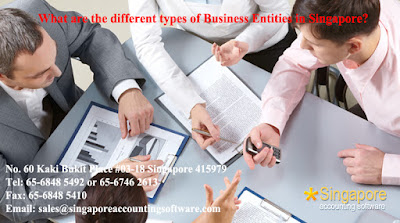Social Security Taxes in Singapore

Social security or Central Provident Fund (CPF) contributions are compulsory for Singapore citizens and permanent residents who are working in Singapore. Foreign persons working in Singapore are not qualified for the CPF scheme. The Central Provident Fund (CPF) is a compulsory savings plan for employees in Singapore. It funds a range of social security schemes, including retirement, healthcare and housing, and is maintained by the CPF Board. Under the Scheme, the employer and employee are required to make monthly offerings at the existing contribution rates which depend upon the wage and age group of the employee. Both are required to make CPF contribution on the employee’s Ordinary Wage and Additional Wage subject to an Annual Wage Ceiling. Prior to 1 January 2016, the wage cap for Ordinary Wage is SGD5,000 per month while the Annual Wage Ceiling is SGD85,000. From 1 January 2016, the wage cap for the Ordinary Wage is revised to SGD6,000 per month while the revised Annual


